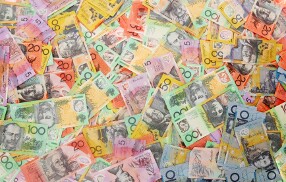The Australian dollar was relatively soft during the past trading week but fared somewhat better than it had been anticipated. The currency’s losses against the US dollar were limited, and the Aussie even managed to rise a little versus the Japanese yen.
It was expected that the Australian currency would perform poorly during the trading week, and to some degree such expectations were correct. The currency sank after the Australian central bank held a policy meeting even though the monetary policy remained unchanged. Yet the currency recovered a bit after the positive surprise provided by employment data.
Of course, the Aussie, as other currencies, was driven by the events in Greece and China. At first, the Forex market was driven by the risk-negative sentiment, but this changed in the second half of the week, and the optimistic traders’ mood was driving commodity-related currencies higher. This allowed the Australian dollar to ignore detrimental domestic macroeconomic data.
AUD/USD was down from 0.7479 to 0.741, touching the low of 0.7371 during the week — the lowest rate since May 2009. AUD/JPY closed at 91.37 after opening at 91.12 and dropping to the weekly low of 89.15. EUR/AUD leaped 1.6 percent from 1.4686 to 1.4978 — the highest weekly close since December.
If you have any questions, comments or opinions regarding the Australian Dollar,
feel free to post them using the commentary form below.
